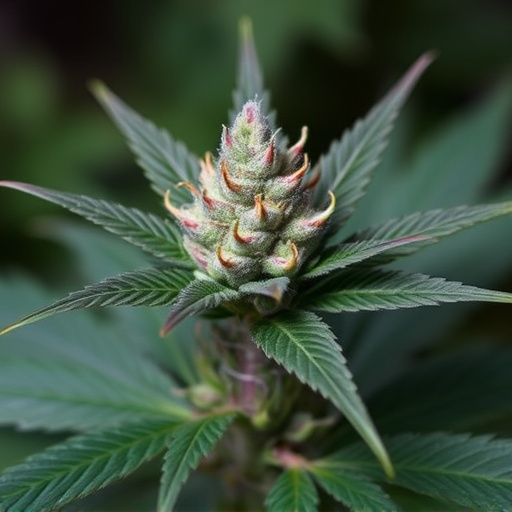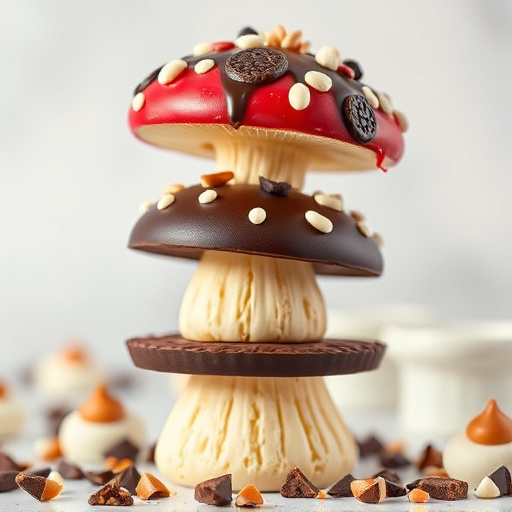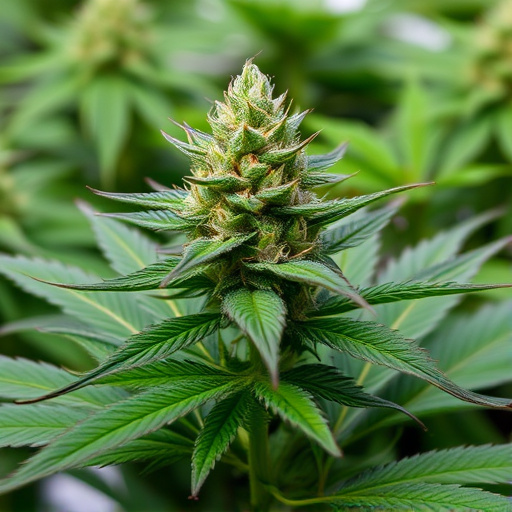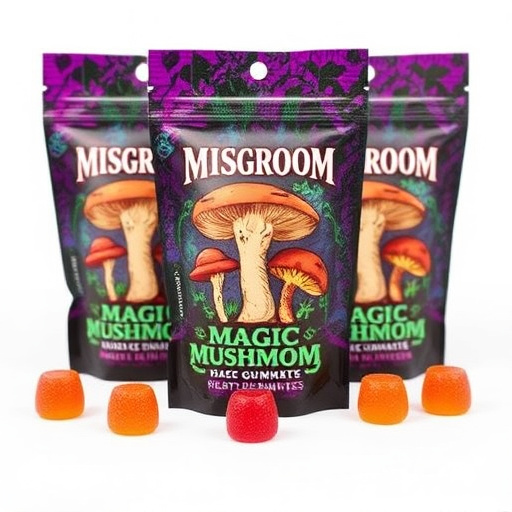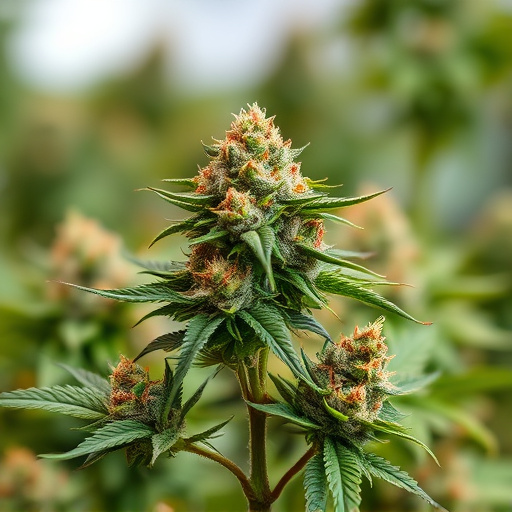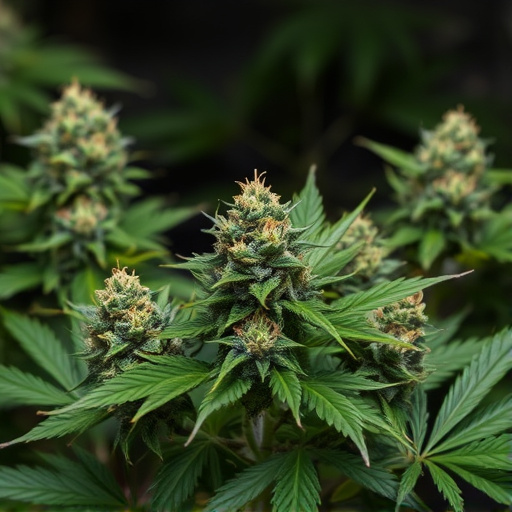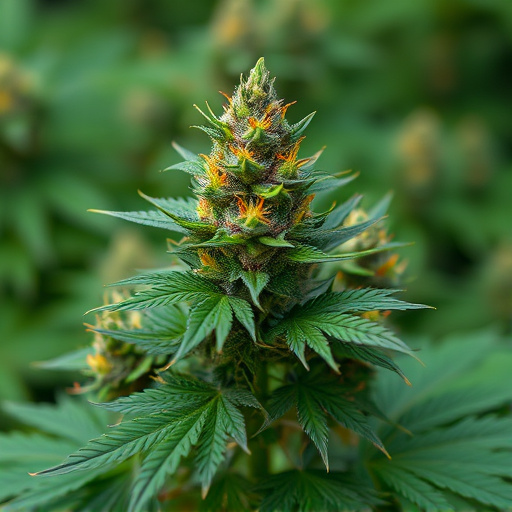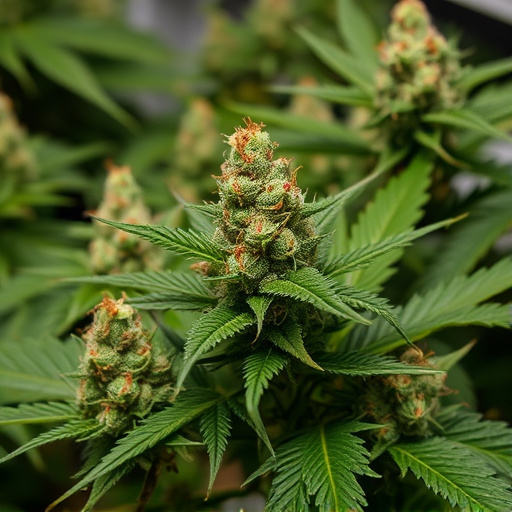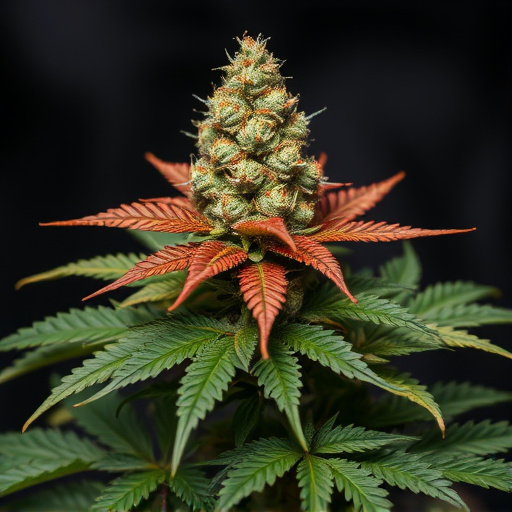Understanding cannabis bud lifespans is vital for growers and consumers seeking specific effects, especially from anxiety weed strains. Peak potency occurs 2-3 weeks after flowering, influenced by environmental factors and strain genetics. Potency declines over time due to oxygen, light, moisture, heat, humidity, and chlorophyll. Proper storage preserves delicate cannabinoid profiles crucial for anxiety relief. Selecting high-CBD, low-THC varieties like AC/DC, Charlotte's Web, or Granddaddy Purple is key. Lab testing ensures quality and potency. Microdosage methods offer precise anxiety management.
Cannabis flowers, known for their potent cannabinoids, gradually lose potency over time. Understanding this lifespan is crucial for consumers seeking optimal effects, especially when targeting specific needs like managing anxiety. This article delves into the factors influencing cannabinoid degradation in cannabis flowers, offering insights to help you choose the best anxiety weed strains with maximum efficacy. By exploring these elements, you can ensure a more effective and satisfying experience.
- Understanding Cannabis Flower Lifespan and Potency
- Factors Affecting Cannabinoid Degradation in Flowers
- Choosing Anxiety Weed Strains with Optimal Potency
Understanding Cannabis Flower Lifespan and Potency
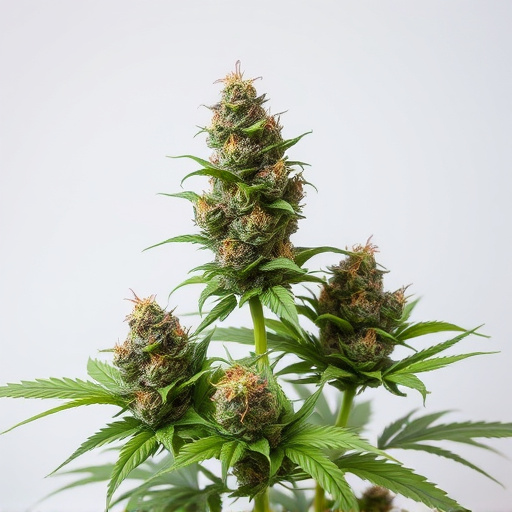
Cannabis flowers, or buds, have a finite lifespan during which they maintain their optimal potency. Understanding this timeline is crucial for both growers and consumers, especially those seeking specific effects like anxiety relief from weed strains. On average, cannabis flowers peak in terms of terpenes and cannabinoids (like THC and CBD) within the first 2-3 weeks after full flowering. After this period, the buds gradually lose their potency as compounds begin to degrade.
Various factors influence this process, such as environmental conditions like temperature and humidity, as well as the specific strain. For instance, some anxiety weed strains may maintain a higher THC content for longer periods than others. Growers often cultivate cannabis indoors to have better control over these variables, ensuring that their plants reach peak potency before harvest. Knowing when cannabis flowers lose potency allows consumers to time their consumption accordingly, maximizing the benefits they seek from their preferred anxiety-relieving strains.
Factors Affecting Cannabinoid Degradation in Flowers
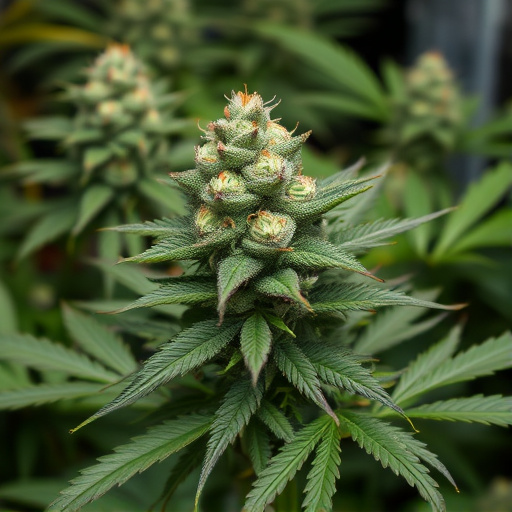
The potency of cannabis flowers, or buds, is determined by the presence and concentration of cannabinoids like THC (tetrahydrocannabinol) and CBD (cannabidiol). However, these compounds are not static; they undergo degradation over time due to various factors. Understanding these influences is crucial for consumers, especially those seeking specific effects like anxiety relief from weed strains.
One key factor is exposure to oxygen, light, and moisture. Cannabis flowers, when improperly stored, can experience a rapid loss of potency as cannabinoids break down. High temperatures and humidity also accelerate this process. Additionally, certain compounds in the plant itself, such as chlorophyll and other pigments, can contribute to degradation by reacting with cannabinoids. This is particularly relevant for anxiety weed strains where maintaining specific cannabinoid profiles is essential for desired therapeutic effects.
Choosing Anxiety Weed Strains with Optimal Potency
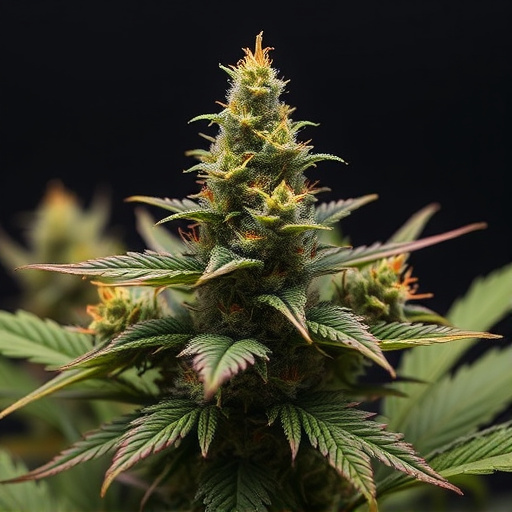
When selecting cannabis for anxiety relief, choosing the right anxiety weed strains with optimal potency is key. Look for varieties known for their high CBD (cannabidiol) content and low THC (tetrahydrocannabinol) levels, as these compounds work synergistically to produce a calming effect without causing excessive anxiety or paranoia. Strains like AC/DC, Charlotte’s Web, and Granddaddy Purple are popular choices due to their balanced chemical profiles.
Focus on cultivators who provide third-party lab tests for their products to ensure consistent potency and purity. These tests verify the cannabinoid makeup, ensuring you get what you pay for—in this case, a strain that offers the desired level of anxiety relief. Additionally, considering microdosage methods, such as using low-potency edibles or vaporizers, can help you find your sweet spot without overwhelming your system.
In understanding when cannabis flowers lose potency, it’s clear that various factors, from age to storage conditions, play a significant role. Given the quest for optimal therapeutic effects, especially in treating anxiety, choosing the right anxiety weed strains becomes crucial. By grasping the dynamics of cannabinoid degradation and making informed decisions at every step, users can ensure they gain the maximum benefits from their chosen flowers.

